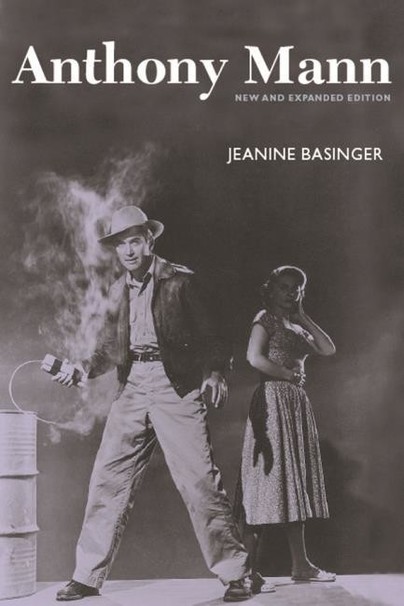
Format: Paperback
Pages: 240
ISBN: 9780819568458
Pub Date: 11 Nov 2007
Imprint: Wesleyan University Press
Illustrations: 54 illus.
Description:
Director of such often-revived films as Winchester '73, The Glenn Miller Story, and El Cid, Anthony Mann enjoyed a lasting and important career as one of Hollywood's premier filmmakers. Mann's Westerns, noir pictures, and epics are admired and studied by fans and scholars alike, and he was an expert in the fundamental elements of cinema (movement and placement of the camera, composition in the frame, and careful editing). Jeanine Basinger's Anthony Mann, which places the director's visual style at the center of its analysis, was among the first formal studies of any filmmaker, and it set a standard in the field over twenty-five years ago.
Long out of print and much in demand, this pioneering book is now available again, featuring complete coverage of those Mann films not discussed in the original work, as well as over fifty rare film stills. Wesleyan is proud to issue this expanded edition of an essential text, making it available to new generations of filmgoers and readers.
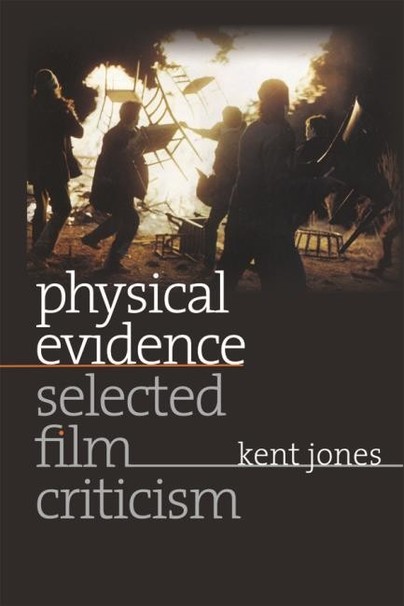
Format: Hardback
Pages: 248
ISBN: 9780819568441
Pub Date: 28 Sep 2007
Imprint: Wesleyan University Press
Description:
An expert writer and thinker on movie history and directorial style, Kent Jones is among the most notable film critics of his generation. His sharp, informed analyses and cogent assessments of cinema and its practitioners have made him a significant voice both in America and internationally. Jones' inaugural collection brings together the best of his reviews (on films including In the Mood for Love, A History of Violence, and The New World), evaluations of specific filmmakers (Wes Anderson, John Cassavetes, and the Coen brothers), polemics (on summer blockbusters, digital cinema, and Hollywood politics), and appreciations of other film critics.
Several of these pieces are published here in English for the first time, having previously appeared only in the French journals Cahiers du Cinéma and Trafic. Physical Evidence is a penetrating and personal examination of contemporary and classic cinema, one that values nothing so much as seeing on the screen the proof-the physical evidence-of the filmmaker's own personal quest.
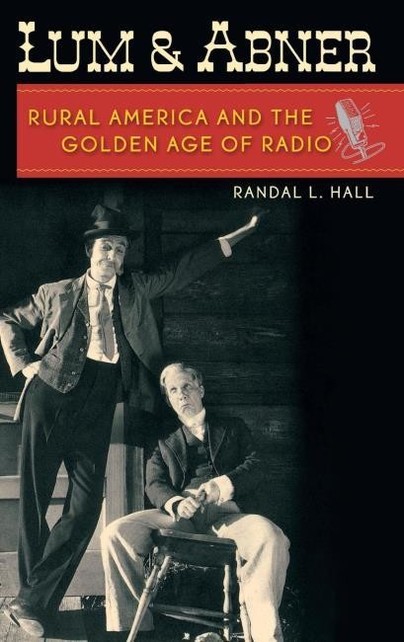
Format: Hardback
Pages: 280
ISBN: 9780813124698
Pub Date: 07 Sep 2007
Imprint: University Press of Kentucky
Series: New Directions in Southern History
Illustrations: 14 photos
Description:
In the 1930s radio stations filled the airwaves with programs about rural Americans struggling through the Great Depression. One of the most popular of these shows was Lum and Abner, the brainchild of two young businessmen from Arkansas. Chester "Chet" Lauck and Norris "Tuffy" Goff based Pine Ridge, the community they created on the air, on the hamlet of Waters, Arkansas.
The title characters, who are farmers, local officials, and keepers of the Jot 'Em Down Store, manage to entangle themselves in a variety of hilarious dilemmas. In Lum and Abner: Rural America and the golden Age of Radio, historian Randal L. Hall contributes an extended introduction explaining the history and importance of the program, its creators, and its national audience and then presents a treasure trove of twenty-nine previously unavailable scripts from the show's earliest period.
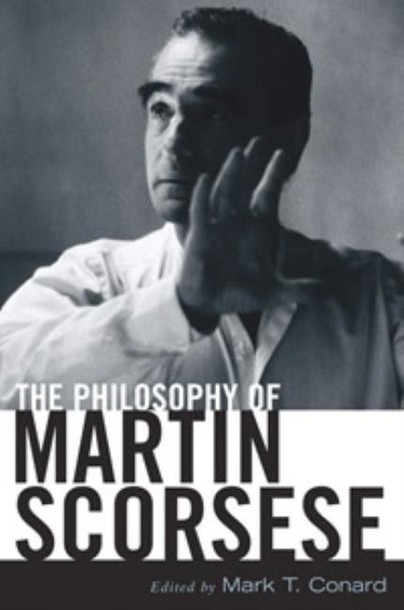
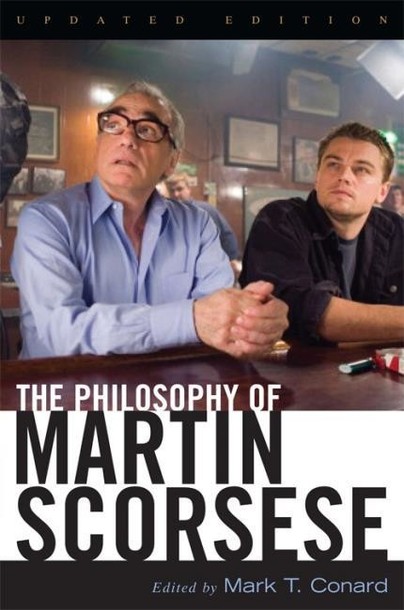
Pages: 280
ISBN: 9780813124445
Pub Date: 31 May 2007
Imprint: University Press of Kentucky
Series: The Philosophy of Popular Culture
Pages: 280
ISBN: 9780813192185
Pub Date: 17 Jul 2009
Imprint: University Press of Kentucky
Series: The Philosophy of Popular Culture
Description:
In The Philosophy of Martin Scorsese, an impressive cast of contributors explores the complex themes and philosophical underpinnings of Martin Scorsese's films. One of the most significant filmmakers in the history of American cinema, Scorsese is the creative force behind films such as GoodFellas, Taxi Driver, The Last Temptation of Christ, The Aviator, and The Age of Innocence. The contributing authors use Scorsese's films as vehicles for exploration of philosophical concepts such as friendship and egoism, vigilantism, libertarianism, Buddhist ethics, desire and self-restraint, madness, the criminal mind, beatitude and unhappiness, and the absurd.
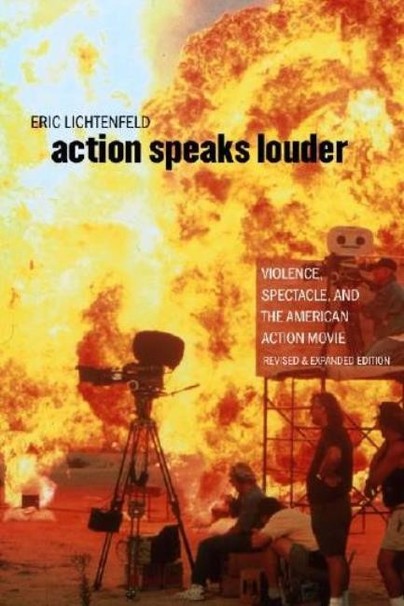
Format: Paperback
Pages: 400
ISBN: 9780819568014
Pub Date: 27 Apr 2007
Imprint: Wesleyan University Press
Illustrations: 35 illus.
Description:
For more than 30 years, the action movie has been the film genre that most represents Hollywood to the world, as action films find blockbuster success at box offices internationally. Still, the genre seldom receives the critical attention it deserves. Studying its trends, key components, and visual excesses, this new and expanded edition of Action Speaks Louder traces the genre's evolution to reveal how it has come to assume its place of prominence in American culture.
With scores of in-depth case studies-including films such as Dirty Harry, RoboCop, Die Hard, Lethal Weapon, Armageddon, Spider-Man, War of the Worlds, and The Incredibles-author Eric Lichtenfeld draws on film analysis, production histories, critical responses, studio marketing materials, and original filmmaker interviews. Up-to-date and comprehensive, Action Speaks Louder is the definitive study of the movies' most kinetic form of fun.
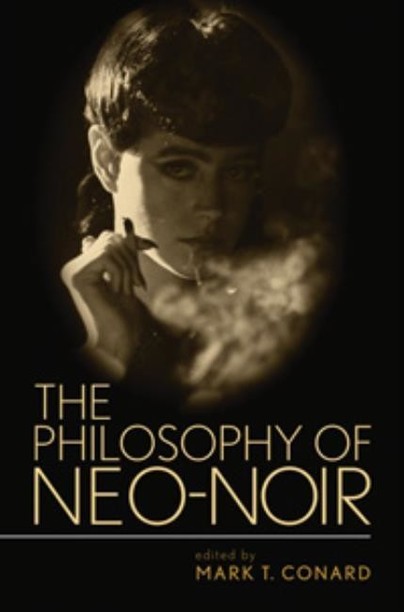
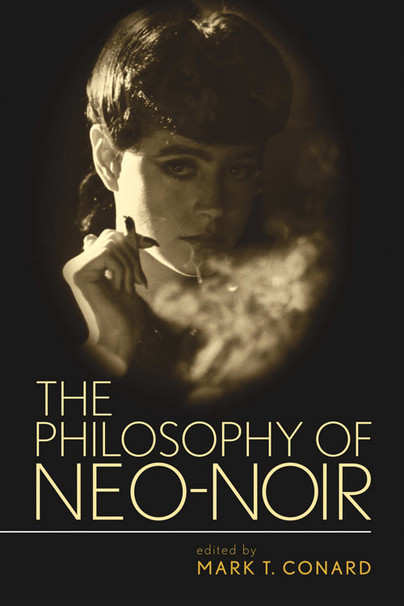
Pages: 222
ISBN: 9780813124223
Pub Date: 05 Jan 2007
Imprint: University Press of Kentucky
Series: The Philosophy of Popular Culture
Illustrations: photos
Pages: 222
ISBN: 9780813192178
Pub Date: 20 Feb 2009
Imprint: University Press of Kentucky
Series: The Philosophy of Popular Culture
Illustrations: photos
Description:
Film noir--a cycle of American films from the 1940s and '50s--is characterized not only by a constant opposition of light and shadow and a disruptive compositional balance of frames and scenes, but also by dark, foreboding characters and plots and an overriding sense of alienation and moral ambiguity. Noir films reflect the sense of loss, fragmentation, and nihilism at the heart of the human condition in the twentieth century. Although the classic film noir period ended in the late 1950s, its impact on more films has been profound.
While typically not black and white, these new films incorporate the noir sensibility of alienation, pessimism, moral ambivalence, and disorientation. This sensibility is obvious in films such as Blade Runner, Reservoir Dogs, Chinatown, and Memento. Until now, little scholarly attention has been paid to the unique philosophical conventions of the widely popular neo-noir genre. In The Philosophy of Neo-Noir, editor Mark T. Conard and other contributors explore the philosophical foundations of neo-noir, using the films to discuss and explain traditional philosophical ideas as well. The themes and topics covered include justice and moral corruption; problems of memory and identity; human nature, space, time, and subjectivity; crime and punishment; pain and redemption; and spiritual transcendence. Conard argues that neo-noir films have benefited as censorship has relaxed, giving current filmmakers a rich noir tradition from which to draw.
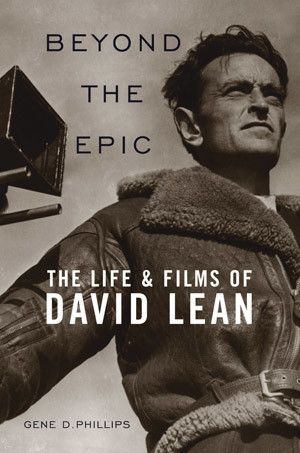
Format: Hardback
Pages: 592
ISBN: 9780813124155
Pub Date: 24 Nov 2006
Imprint: University Press of Kentucky
Illustrations: photos
Description:
Two-time Academy Award winner Sir David Lean (1908-1991) was a prominent director in the world of twentieth-century cinema, responsible for such classics as The Bridge on the River Kwai, Doctor Zhivago, and Lawrence of Arabia. British-born Lean asserted himself in Hollywood as a major artistic voice with his epic storytelling and panoramic depictions of history, but he was also a highly skilled film editor in Great Britain before he became a director who brought an art-house sensibility to big market films. Lean's approach to filmmaking was far different from that of his contemporaries.
He carefully chose his projects and, as a result, directed only sixteen films in a span of more than forty years. Those films, however, are some of the landmarks of motion-picture history. In addition to his epics, Lean also made adaptations of well-known novels, including Great Expectations, Oliver Twist, and A Passage to India, and plays, including Brief Encounter. Using elements of both biography and film criticism, author Gene D. Phillips examines the screenplays and production histories central to Lean's body of work and interviews actors and other directors who worked with Lean. Phillips also explores Lean's lesser-studied films, such as The Passionate Friends, unearthing new details. This in-depth examination of Lean in a cultural, historic, and cinematic context makes Beyond the Epic truly unique -- a vital assessment of a great director's artistic process and his place in an evolving film industry.
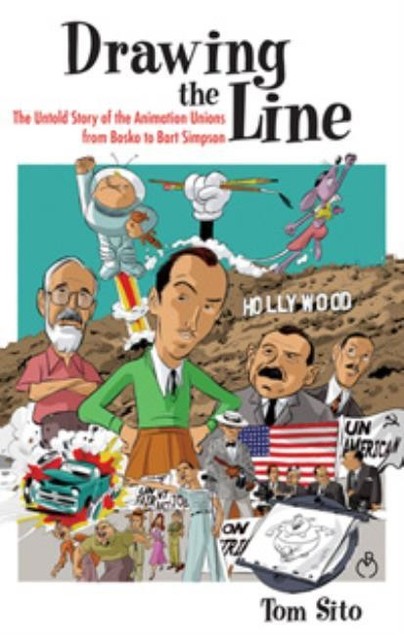
Format: Hardback
Pages: 440
ISBN: 9780813124070
Pub Date: 06 Oct 2006
Imprint: University Press of Kentucky
Illustrations: photos, illus
Description:
As cartoons and animated features became an increasingly important part of the entertainment business, the production of cartoons industrialized to meet growing demands for the new global media. Artists adopted traditional union models to protect their jobs and working conditions, and a unique set of unions was born. Drawing the Line is the first labor history of an industry whose principle figures--Walt Disney, Chuck Jones, and Max Fleischer--helped define American entertainment.
Author Tom Sito, Disney animator and former president of the Hollywood Animation Guild, draws on oral histories, archival information, and firsthand knowledge of the animation process to create an insider's history of a colorful set of labor unions. Sito describes the history and fiery personalities behind the formation of the Screen Cartoonists Union, the strikes and walk-outs, the effects of Hollywood blacklisting, and the battles at the bargaining tables. He closes with a look at the changing nature of animation and the way in which current giants Disney and Dreamworks are again reshaping the relationship between studios and animators. Well illustrated with never-before-seen images from the backstage of classic Hollywood, Drawing the Line will change basic assumptions about animation history and its place in the story of American labor.
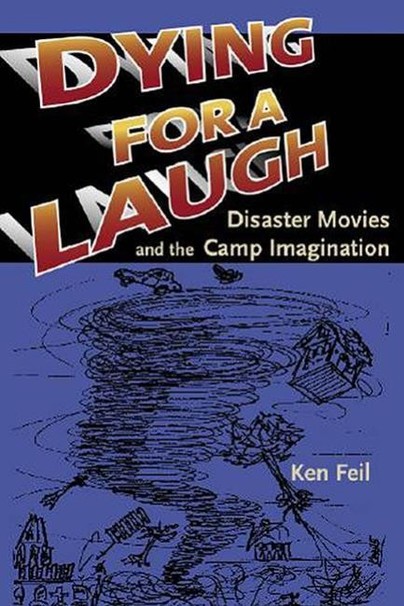
Format: Paperback
Pages: 272
ISBN: 9780819567925
Pub Date: 25 Jan 2006
Imprint: Wesleyan University Press
Illustrations: 15 illus.
Description:
Dying for a Laugh looks at the evolution of the contemporary disaster film from the 1970s to the present. Ken Feil argues that contemporary camp culture has influenced and reformed the conventions of the 1970s disaster film, in both its production and reception. The book chronicles how the genre rose to prominence, sank into critical and popular disrepute, and became unintentionally campy.
Through close readings of films including The Poseidon Adventure, The Swarm, Ghostbusters, Independence Day, and Mars Attacks!, along with film reviews, entertainment reports and publicity materials as evidence, Feil shows that the renewal of the disaster genre in the 1990s hinged on self-parody, ironic self-consciousness, and state-of-the-art effects. Feil also looks at the impact of 9/11 on the genre's campy, sadistic pleasures through movies such as The Sum of All Fears, The Core, and The Day After Tomorrow. This analysis of "high concept camp" draws from diverse methodologies and theories, such as historical reception, textual analysis, neoformalism, political economy, genre analysis, feminism, and queer theory.
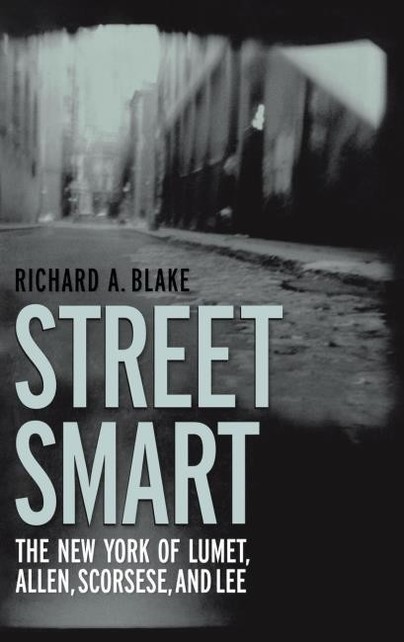
Format: Hardback
Pages: 360
ISBN: 9780813123578
Pub Date: 16 Sep 2005
Imprint: University Press of Kentucky
Illustrations: photos
Description:
New York has appeared in more movies than Michael Caine, and as a result of overfamiliarity, the City poses a problem for critics and casual moviegoers alike. Audiences mistake the New York image of skyscrapers and glitter for the real thing, but in fact the City is a network of small villages, each with its unique personality. Street Smart offers a novel approach to understanding the cultural influences of New York's neighborhoods on the work of four quintessentially New York filmmakers: Sidney Lumet, Woody Allen, Martin Scorsese, and Spike Lee.
The city's diverse economic and ethnic enclaves, where people live, work, shop, worship, bank, and go to school, often have little relationship to the concept of New York City created by the movies. Their New York, however, is as real as the smell of fried onions in the stairwell of an apartment building, and it is this New York, not the movie New York, that has left its impression on their films. Lumet, Allen, Scorsese, and Lee's imaginations have been shaped by their neighborhoods, not the New York of the movies. In turn, these directors have used their own life experiences to shape their films. Richard A. Blake examines their home villages -- from Flatbush and Fort Green in Brooklyn to the Lower East Side of Manhattan -- to enrich our critical understanding of the films of four of America's most accomplished contemporary filmmakers.

Format: Paperback
Pages: 272
ISBN: 9780819567659
Pub Date: 18 Jul 2005
Imprint: Wesleyan University Press
Illustrations: 1 illus.
Description:
Though wildly popular, daytime soaps are arguably the most denigrated and parodied of any contemporary entertainment form. For this reason, even the most devoted soap opera fans are often reticent or even secretive about the shows they love. Watching Daytime Soap Operas is a meditation on the pleasures-and displeasures-of watching and talking about daytime soap operas.
In this multidisciplinary study, Louise Spence talks to 25 women about their mostly solitary viewing practices and observes many Internet chat rooms. Over 20 years in the making, the book explores the varied critical and creative ways in which the women use soap operas in their lives. Spence draws on work in reception studies, and pays particular attention to the question of what it means to be a fan. She ultimately challenges the accepted belief that soap opera viewers are passive consumers of escapist fantasy. Her study expands the current literature of this largely misunderstood television genre while making an important contribution to the field of film-TV studies.
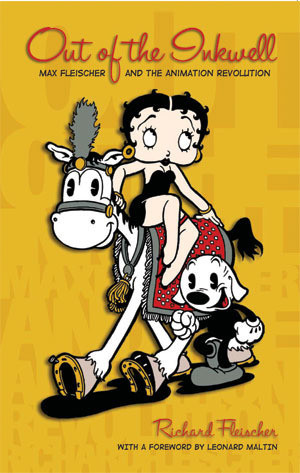
Format: Hardback
Pages: 232
ISBN: 9780813123554
Pub Date: 24 Jun 2005
Imprint: University Press of Kentucky
Illustrations: 60 b&w photos
Description:
Max Fleischer (1883--1972) was for years considered Walt Disney's only real rival in the world of cartoon animation. The man behind the creation of such legendary characters as Betty Boop and the animation of Popeye the Sailor and Superman, Fleischer asserted himself as a major player in the development of Hollywood entertainment. Out of the Inkwell: Max Fleischer and the Animation Revolution is a vivid portrait of the life and world of a man who shaped the look of cartoon animation.
While deeply engaged with his characters, Fleischer also sought ways to improve his art through technical innovation. Among the many patented inventions Fleischer created was his Rotoscope, a device that helped track live action on-screen and revolutionized the way animated characters appeared and moved. In the 1920s, Fleischer and his brother Dave teamed up to create a series of "Out of the Inkwell" films, which led to a deal with Paramount. Films featuring their character Ko-Ko the Clown introduced new special effects such as startling combinations of live action and animation. In one piece, Ko-Ko emerges from an inkblot and appears on-screen with footage of Fleischer himself. As the sound revolution hit film, the studio produced shorts featuring the characters interacting with songs. The Fleischers involved jazz artists such as Cab Calloway and Louis Armstrong, and the sound cartoons were a howling success. In the next decade, Fleischer Studios produced the features Gulliver's Travels and Mr. Bug Goes to Town and soon went to work on an animated Superman series, which won widespread critical and popular acclaim. In spite of its great popularity and success, however, the studio was abruptly closed. The animated cartoon industry was shocked, and the event went unexplained for many years. Now, Max's son Richard has at last solved the mystery of the shuttering of Fleischer Studios. Max Fleischer's story is one of a creative genius struggling to fit in with the changing culture of golden age cinema. Out of the Inkwell captures the twists and turns, the triumphs and disappointments, and most of all the breathless energy of a life vibrantly lived in the world of animation magic.
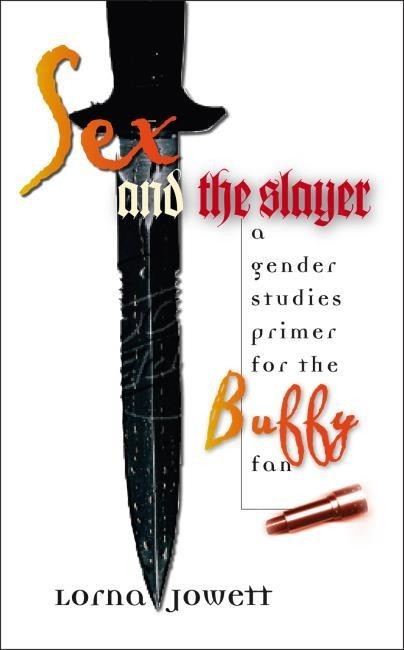
Format: Paperback
Pages: 254
ISBN: 9780819567581
Pub Date: 15 Apr 2005
Imprint: Wesleyan University Press
Illustrations: 17 illus.
Description:
During its seven-year run, Buffy the Vampire Slayer attracted a wide range of viewers and almost unprecedented academic interest. Sex and the Slayer explores one of the most talked-about topics in relation to this pioneering TV series-gender. As fantasy, Buffy potentially opens up a space for alternative representations of gender.
But how alternative can popular television be? Taking a feminist cultural studies approach, Jowett explores the ways in which the series represents femininity, masculinity, and gendered relations, including sexuality and sexual orientation. Written for undergraduates, Sex and the Slayer provides an introduction to the most important theoretical and historical underpinnings of contemporary gender criticism as it examines a range of thought-provoking issues: role reversal, the tension between feminism and femininity, the "crisis" of masculinity, gender hybridity, the appeal of bad girls, romance, and changing family structures. Through this introductory analysis, Jowett shows that Buffy presents a contradictory mixture of "subversive" and "conservative" images of gender roles and as such is a key example of the complexity of gender representation in contemporary television.
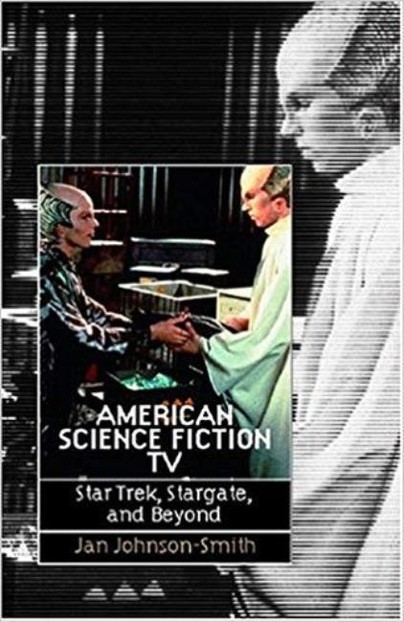
Format: Paperback
Pages: 304
ISBN: 9780819567383
Pub Date: 09 Feb 2005
Imprint: Wesleyan University Press
Illustrations: 10 illus.
Description:
From "The Next Generation" and "The X-Files" to "Farscape" and "Enterprise," science fiction television shows have millions of devoted fans. American Science Fiction TV is the first full-length study of this popular genre. Writing with the clarity of a scholar and the enthusiasm of a fan, Jan Johnson-Smith shows how science fiction television has displaced the Western in the American cultural imagination.
As advances in special effects have made science fiction television technically feasible on a more lavish scale than ever before, visual style has become as important as narrative—sometimes even more important—in expressing the meaning of the genre. The main part of the book uses case studies of several key science fiction series, including "Space: Above and Beyond," "StarGate SG-1," and "Babylon 5," to exemplify particular narrative patterns and visual styles. The case studies explore themes such as politics, ideology, race and ethnicity, gender difference, militarism, and the use of science fiction narratives as allegories of present-day social and political concerns. American Science Fiction TV opens an important new area of genre studies and will be of interest to scholars and fans alike.
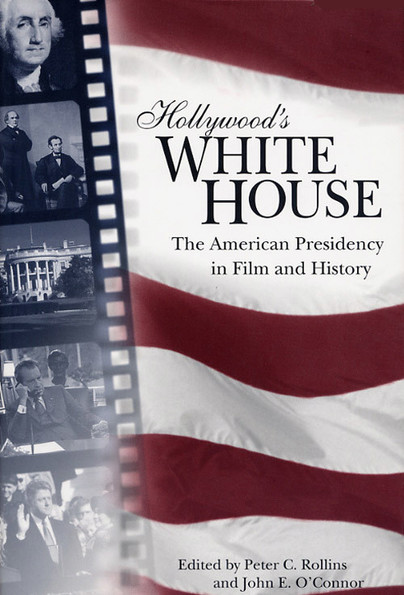
Format: Paperback
Pages: 464
ISBN: 9780813191263
Pub Date: 01 Feb 2005
Imprint: University Press of Kentucky
Illustrations: photos
Description:
" Winner of the 2003 Ray and Pat Browne Book Award, given by the Popular Culture Association The contributors to Hollywood's White House examine the historical accuracy of these presidential depictions, illuminate their influence, and uncover how they reflect the concerns of their times and the social and political visions of the filmmakers. The volume, which includes a comprehensive filmography and a bibliography, is ideal for historians and film enthusiasts.
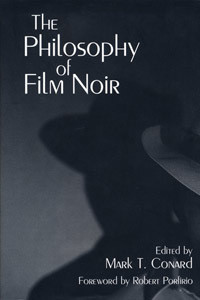
Format: Paperback
Pages: 264
ISBN: 9780813191812
Pub Date: 27 Jan 2005
Imprint: University Press of Kentucky
Series: The Philosophy of Popular Culture
Description:
From The Maltese Falcon (1941) to Touch of Evil (1958), the classic film noir is easily recognizable for its unusual lighting, sinister plots, and feeling of paranoia. For critics and fans alike, these films defined an era. The Philosophy of Film Noir explores philosophical themes and ideas inherent in classic noir and neo-noir films, establishing connections to diverse thinkers ranging from Camus to the Frankfurt School.
The authors, each focusing on a different aspect of the genre, explore the philosophical underpinnings of classic films such as The Big Sleep (1946), Out of the Past (1947), and Pulp Fiction (1994). They show how existentialism and nihilism dominate the genre as they explore profound themes in a vital area of popular culture.


















